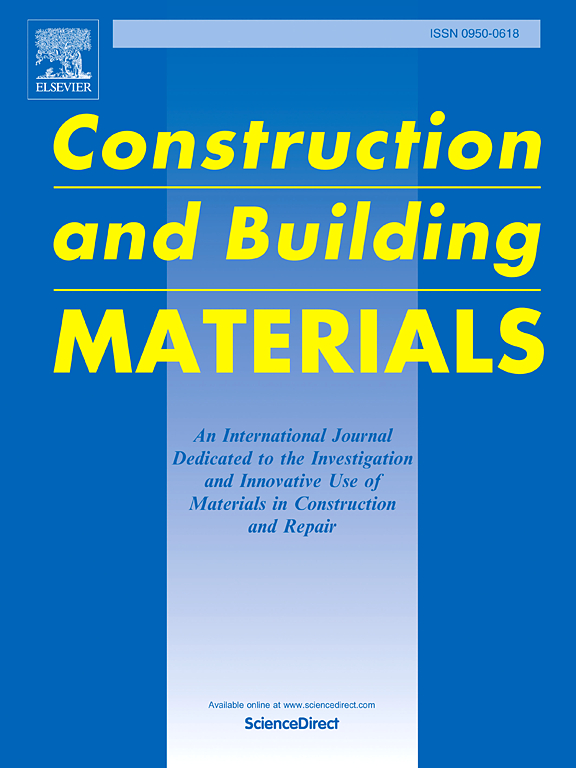Evaluation of orientation factors influencing the shear and flexural behavior of elements in steel fiber reinforced concrete
IF 7.4
1区 工程技术
Q1 CONSTRUCTION & BUILDING TECHNOLOGY
引用次数: 0
Abstract
The structural design of Fiber Reinforced Concrete (FRC) elements should take into consideration fiber orientation since the residual properties of FRC strongly depend on the inclination between fibers and the crack plane. Designers must be aware of the possible negative influence of fiber orientation, but they may also take advantage of its positive effect. Current standards, such as the fib Model Code 2010, the German Committee for Structural Concrete DAfStb, and Annex L of the new Eurocode 2, introduce an orientation factor that should transform the mechanical properties determined from standard beams (EN 14651, ASTM 1609) into mechanical properties representative of the real structure. Unfortunately, there is still a lack of studies for a proper determination of the orientation factors for different structural elements. In this context, the present paper reports the results of an experimental program aimed at evaluating the influence of fiber orientation on the shear and flexural behavior of beams in steel fiber reinforced concrete (SFRC). Nine full-scale beams (410 cm long, 70 cm high and 15 cm wide) were cast using vibrated and self-compacting concrete, following the most common casting procedure adopted in practice. Thirty-six small specimens were extracted and tested from three full-scale beams to evaluate the local residual properties of SFRC, while the remaining six full-scale beams were tested under shear loading. Fiber density, orientation number at the cracking surface (assessed through image analysis), and tomography analysis were also evaluated. Based on the findings, orientation factors to be adopted in the structural design of SFRC elements are proposed for both shear and flexural design.
求助全文
约1分钟内获得全文
求助全文
来源期刊

Construction and Building Materials
工程技术-材料科学:综合
CiteScore
13.80
自引率
21.60%
发文量
3632
审稿时长
82 days
期刊介绍:
Construction and Building Materials offers an international platform for sharing innovative and original research and development in the realm of construction and building materials, along with their practical applications in new projects and repair practices. The journal publishes a diverse array of pioneering research and application papers, detailing laboratory investigations and, to a limited extent, numerical analyses or reports on full-scale projects. Multi-part papers are discouraged.
Additionally, Construction and Building Materials features comprehensive case studies and insightful review articles that contribute to new insights in the field. Our focus is on papers related to construction materials, excluding those on structural engineering, geotechnics, and unbound highway layers. Covered materials and technologies encompass cement, concrete reinforcement, bricks and mortars, additives, corrosion technology, ceramics, timber, steel, polymers, glass fibers, recycled materials, bamboo, rammed earth, non-conventional building materials, bituminous materials, and applications in railway materials.
 求助内容:
求助内容: 应助结果提醒方式:
应助结果提醒方式:


